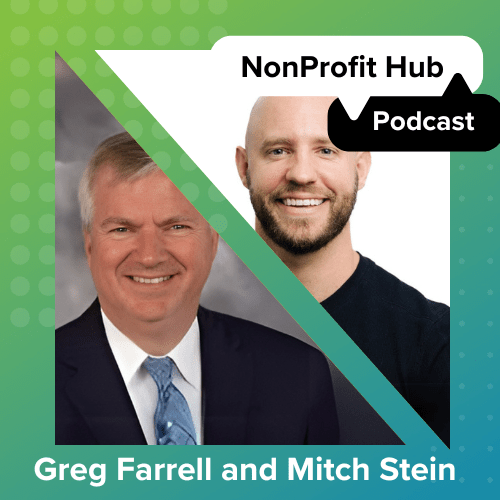This article originally ran in our Nonprofit Hub Magazine, a free bi-monthly magazine dedicated to providing focused content on a particular topic.
In our January/February 2015 edition, we explored how to keep donors around all year. To reserve your free copy of our next issue, sign up today.
————————————————
When you’re an organization based in Lincoln, Neb., and you have regular donors contributing from places like California, you must be doing something right.
And the Food Bank of Lincoln, a small-time organization with big-time retention rates, has donors coming in from across the country.
Development Director John Mabry humbly attributes their retention rates to their cause.
“People need to eat,” he said. “It’s a basic human need and people understand that unlike many…nonprofits who have a harder time telling their story.”
But upon further inspection, it’s more than just their mission. The Food Bank of Lincoln seems to be doing all the right things.
For instance, they know that it’s important to understand why donors give in the first place. That’s why they asked that California donor why he would donate to a Lincoln-based organization, even after he no longer lived in the area.
The donor’s response? He noticed the Food Bank of Lincoln’s good Charity Navigator rating, and also felt like the most was being done with his fundraising dollars with their organization.
Beyond that, Mabry said that every donation to the food bank (no matter how small) receives recognition.
“We place such a heavy emphasis on gratitude and being thankful for all of our donors. We try to do a really good job of sending out our thank-you letters quickly after we receive a donation,” Mabry said. “We try to make calls when we can. We invite folks to come out to the food bank.”
For bigger gifts, Mabry said the Food Bank of Lincoln makes sure to send more personalized notes, some phone calls or a handwritten note from their executive director.
When it comes to spending money on retention, Mabry estimated that the Food Bank of Lincoln spends between $10,000 and $20,000 per year, which includes retention software and the staff time and thank-you processes.
He said that the return from those tactics is worth the price.
“You have to keep donors coming back,” Mabry said. “Those are the ones who are going to be your best candidates for major gifts if they’re regular supporters.”
And Mabry acknowledged one of the most important aspects for all organizations to take heed.
“Then [after the donation] you just have to stay in touch with donors to make sure that they know what you’re doing and that you’re appreciative of what they’re doing,” he said.







